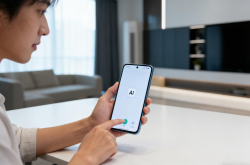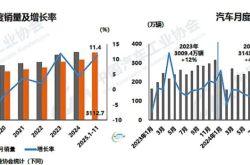Huawei Boosts Efforts, JD.com Innovates, Making MR Shopping More Viable
![]() 07/02 2025
07/02 2025
![]() 823
823
Text/VR Gyroscope by Yuan Qiao
If you've been paying close attention to daily life, you might have noticed that 3D product displays and other 3D scenarios have seamlessly integrated into various aspects of our lives.
Particularly in the last two years, the rapid advancement of AI technology has significantly accelerated this process. Apps like JD.com and Depp now offer users the ability to immerse themselves in 360° detailed displays of 3D products without the need for any special glasses or devices. Additionally, at the recent Huawei Developer Conference 2025 (HDC 2025), Huawei introduced a suite of new AR Engine features, including depth estimation, AR object placement, high-precision geometric reconstruction, and other AR experiences, ushering in an entirely new era of virtual-real fusion interaction.
With the strides made by numerous enterprises, we are edging closer to a fully immersive 3D lifestyle.
Huawei Intensifies Efforts to Make Virtual-Real Fusion More Practical
How will 3D technology integrate into our daily lives? Huawei is making it more practical than ever.
Recently, Huawei introduced a series of new AR Engine features, incorporating image tracking, depth estimation, AR object placement, high-precision geometric reconstruction, target shape recognition, and more. These updates are making AR experiences more intuitive and user-friendly. Huawei highlighted three major application scenarios: Huolala's AR car selection, JD.com's embedded home appliance AR placement, and Huawei AR Measurement's volume measurement. All three scenarios share a common theme: 3D measurement. Below is a detailed explanation of these scenarios:
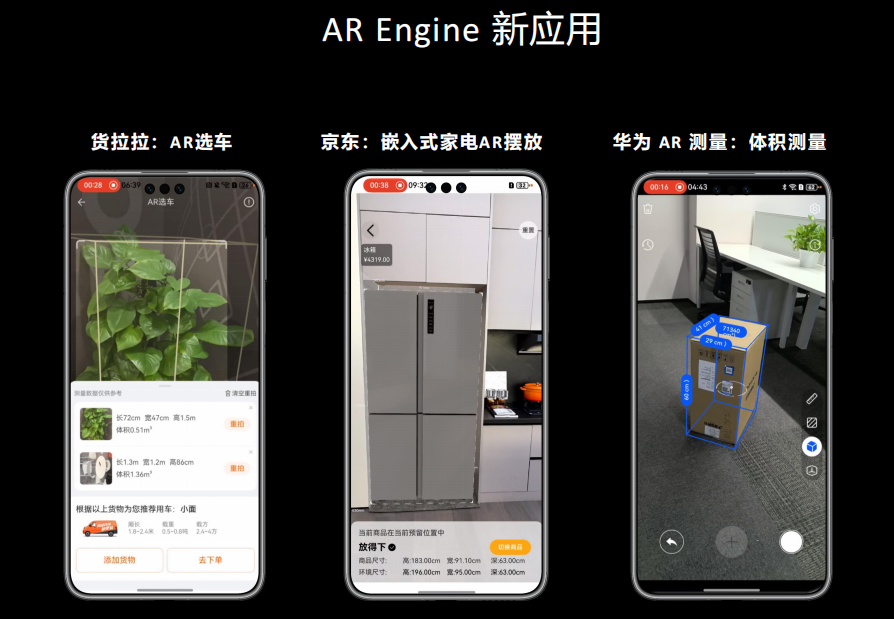
Image source: Huawei
(1) Huolala: AR Car Selection
Anyone who has moved knows the frustration of misjudging furniture sizes, leading to either an overly small or large moving van. Huawei's enhanced depth estimation capability solves this problem adeptly by using the camera to capture information about the surrounding environment and continuously output depth data, enabling users to perceive the 3D environment. This technology can be applied to measurement, volume estimation, scene reconstruction, and other tasks requiring spatial object depth information, ultimately facilitating tasks like calculating object volumes.
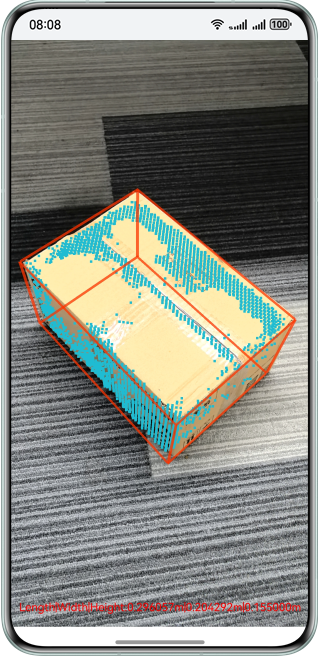
Volume recognition diagram (Image source: Huawei)
(2) JD.com: Embedded Home Appliance AR Placement
In recent years, "embedded" has become a buzzword in home appliance installations, revolutionizing home design with invisible aesthetics. However, achieving perfect embedded home appliance placement is not as seamless as social media portrays. Often, the initial hurdle of size measurement can be daunting.
When asked about the pain points of embedded home appliances, size and installation top the list. Different brands and models of embedded appliances vary significantly in size. If the appliance size isn't determined before renovation, it might not fit smoothly into the cabinet, causing bulges or gaps, which can impact aesthetics and usability.
Huawei's newly updated high-precision geometric reconstruction feature cleverly addresses this issue. This feature captures environmental information through the camera, recognizes cubic objects or embedded spaces, and calculates the dimensions and volume of the recognized objects or spaces. This way, consumers can have a clearer understanding of dimensions before purchasing furniture, alleviating a significant pain point in the furniture shopping experience.
(3) Huawei AR Measurement: Volume Measurement
Volume measurement leverages the high-precision geometric reconstruction feature, allowing users to measure the volume of cubes and the size of embedded spaces.
While similar to Apple's Measure app, Huawei's AR Engine update is more intelligent and spatial, supporting additional measurement modes such as single-point distance measurement, two-point distance measurement, height measurement, angle measurement, and area measurement, catering to users' diverse measurement needs.

Space recognition diagram (Image source: Huawei)
In summary, Huawei's current efforts are clear: to make the AR experience more practical and resolve various consumer issues encountered in daily shopping.
A Surge of Players Entering, Marking the Dawn of a New Shopping Era
When discussing 3D shopping, many may recall Taobao's foray into Vision Pro last year. Taobao Vision Pro brought the "future shopping" model to life, allowing consumers to view products at a 1:1 scale in the virtual world, eliminating the worry of buying the wrong size online. Even more engaging, consumers can manipulate product placement and rotate them 360° to inspect details.
This year, Taobao's Vision Pro version was shortlisted for the 2025 Apple Design Awards, recognized as the most innovative shopping app. However, factors like the heavy head-mounted display device, low market penetration, and lack of 3D product assets hinder Taobao Vision Pro's widespread adoption despite its impressive features.
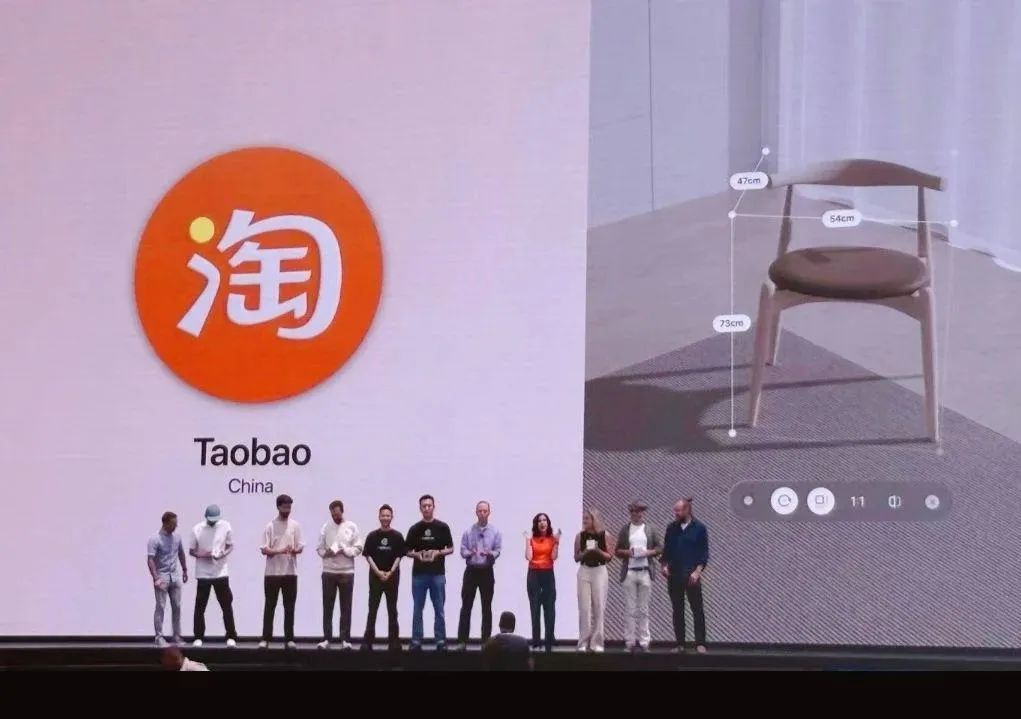
Apart from head-mounted displays, the industry has been diligently exploring other avenues in recent years. For instance, Amazon, Snap, Hexa, Men's Wearhouse, and other enterprises have implemented AR virtual try-on functions to enhance the online shopping experience through 360° visualization. According to Amazon's previous survey, 80% of respondents felt more confident in their purchasing decisions when using AR technology.
During this year's 618 shopping festival, JD.com introduced innovative 3D content products such as "JD Liying - Glasses-free 3D Ads," the 3D smart home matching tool "Liying - Meijia," and "Liying - 3D Live Streaming," applied across multiple categories or scenarios. Without wearing any special glasses or devices, simply by opening the JD.com app, consumers can experience 3D products leaping off the screen, instantly creating a premium shopping atmosphere. This mode indeed offers a refreshing experience. Currently, "JD Liying - Glasses-free 3D Ads" covers diverse fields like 3C digital products, home appliances, fashion, and supermarkets.
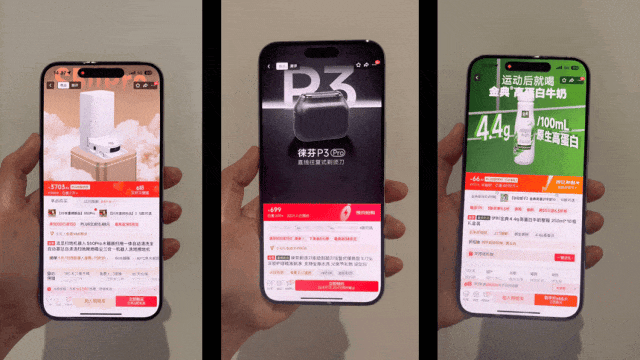
Image source: JD.com
Life shopping is becoming increasingly intelligent, and the era of 3D shopping is fast approaching. Besides the efforts of Huawei, JD.com, Taobao, and other enterprises, numerous domestic and international brands such as Google, Amazon, Ralph Lauren, Sam's Club, IKEA, and Depp are also striving to promote 3D shopping.
It's worth noting that with the rapid development of AI technology, AI assistants are entering the e-commerce arena. In May, OpenAI announced the addition of a shopping feature to its ChatGPT Search, with the initial batch of product categories covering daily consumption areas like fashion, beauty, home products, and electronics. The AI assistant enables users to obtain personalized product recommendations through natural conversations. When searching for products, ChatGPT intelligently displays images, user reviews, and purchase links, providing a seamless service from consultation to purchase. The system also remembers user preferences and accurately matches these needs in subsequent recommendations.
This year, Amazon also conducted an internal test of the "Buy for Me" AI shopping assistant. Tech giants like Google and Perplexity have showcased their AI assistants capable of accessing websites and assisting users with shopping. Clearly, an intelligent shopping experience is emerging as a new trend in the e-commerce field, with major players rolling out their intelligent solutions to pave the way for future shopping lifestyles.
AI/XR Fusion: Can 3D Shopping Stand Out?
From a user perspective, 3D shopping has already garnered the favor of most young people. According to an Infinite Reality research report, consumers are ready. 66% of respondents said they are willing to use immersive shopping experiences to interact with products or brands on online platforms. This proportion increases among younger consumers (72%) and gamers (80%).
The Infinite Reality report also states that in the coming years, young Gen Z consumers will shop online more frequently and have higher expectations for both in-person and digital shopping experiences. They are more inclined to purchase digital goods, use new payment methods like digital wallets, and even adopt alternative currencies such as cryptocurrencies. The report further notes that consumers desire a pleasurable shopping process, lasting from one day to a week, as they compare products from multiple retailers to find the most satisfactory one. Faced with diverse consumer needs, immersive shopping may be the most efficient way to quickly tap into consumers' inherent product purchase desires.

Depp APP: 3D product display
From a practical standpoint, 3D shopping addresses several major online shopping issues. As mentioned earlier, Huawei's promoted application scenarios are effectively resolving real-life shopping challenges, and JD.com's multiple 3D scenarios are catering to different user needs, including the increasingly criticized issue of high online shopping return rates due to mismatched goods, incorrect sizes, and material discrepancies.
To solve these problems, 3D shopping offers a relatively ideal solution. Through 3D product displays, consumers can gain a deeper understanding of product details, materials, and sizes. For soft goods, virtual try-on technology enables online try-ons, making purchased products closer to the ideal state, reducing return rates, and enhancing the overall shopping experience.
Retailers can also showcase their products in 3D, increasing brand exposure and memorability, ultimately boosting sales. However, currently, 3D shopping platforms, websites, and manufacturers' virtual try-on solutions are still in their nascent stages, with commercialization not yet fully mature. Thus, the experience doesn't yet meet the diverse needs of most consumers, leaving much room for improvement.
Looking ahead, the mode of life shopping will undoubtedly evolve with technological advancements. The progression from offline shopping to online shopping and then to immersive shopping is the inevitable direction of shopping mode evolution, and the integration of AI and XR technology is the optimal path to achieve this.
Finally, from a corporate layout perspective, more and more domestic and international giants are entering this field. With manufacturers jointly promoting and market demand driving, we not only see promising future prospects but also tangible strides in promotion. With the integration of these two technologies, we have witnessed landing scenarios in an increasing number of situations, and consumers have gradually embraced this technology's application. Next, we simply need to wait for 3D shopping to mature further.


